As a travel company, we can’t ignore that flying is an integral part of what we promote and sell, and we can’t ignore that flying produces a huge amount of carbon. As a company that promotes sustainability however, we need to ask ourselves: can flying ever be sustainable? Can we, with good conscience, promote long-haul or short-haul holidays knowing that it’s going to require our customers to catch a flight?
In this article, we’ll address whether flying can ever really be a sustainable practice, and whether it can be justified in a world we need to protect now more than ever. We’ll touch on carbon offsetting, tips on how to make your flying more sustainable, and on new technologies that may, in the future, pave the way for a greener aviation industry.
No Flying vs No Tourism
The first statement we should address is this:
“Surely as a company that cares about the environment, it is hypocritical to send people on long-haul holidays around the globe – how can you claim to care about the environment when you encourage flying?”
It’s an entirely reasonable question, and one that is never going to have an entirely clear-cut answer. To begin to answer it, let’s consider what happened just a couple of short years ago, when the entire world came to a virtual standstill thanks to the COVID-19 pandemic.
There was no travel, no tourism, and no flights (for the purpose of tourism).
Undeniably, this led to a decrease in the amount of carbon released by aviation companies and to an almost immediate reduction in pollution in destinations that are victims of over-tourism.
Whilst it seems great at a surface level, there are other factors we have to consider that often didn’t make it onto the front pages. At Not In The Guidebooks, we strongly believe in the positive impact tourism can have on a community and the environment. This was entirely removed by the immediate restriction on travel.
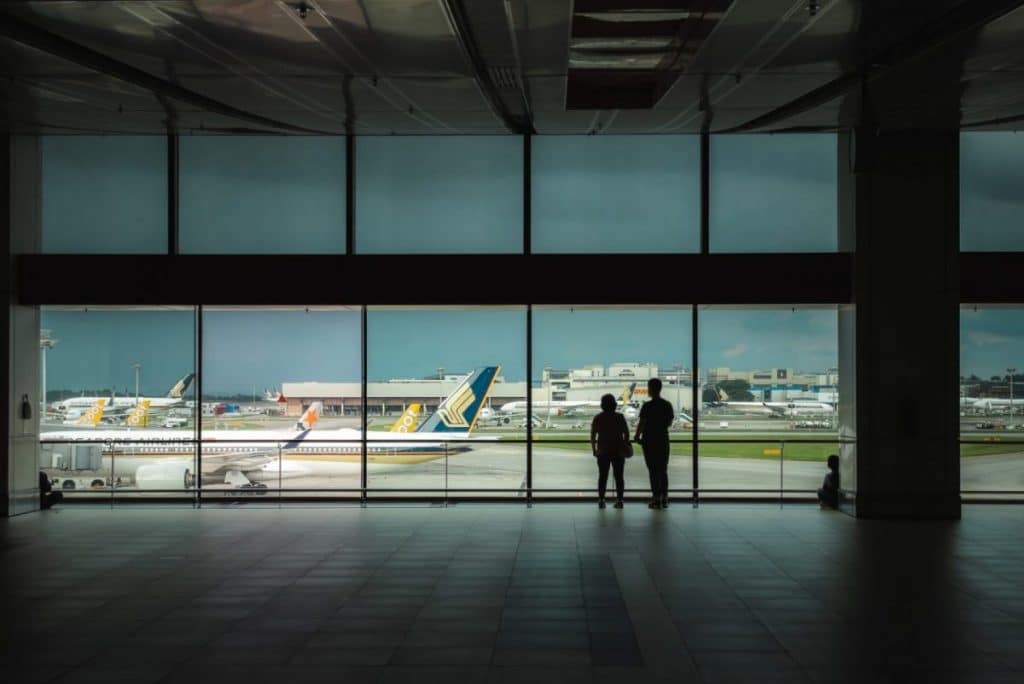
Many small, local operators whose livelihoods depend on travel had their income completely cut off, leaving, in some cases, communities wondering exactly how they could keep themselves afloat without a tourism industry.
We promote many tours and operators who invest back into their local community and environment. When COVID hit, these projects and schemes designed to protect wildlife and ecosystems, and improve the infrastructure of their communities had their source of income cut off.
So we believe it’s too simplistic to say the answer to climate change is to simply stop flying. The global aviation industry produces 2.1% of the world’s carbon, so whilst stopping flying would certainly benefit the world in terms of reducing a significant amount of carbon that entered the atmosphere, it would be detrimental to communities that rely on tourism and to small eco-projects that count on tourism to fund them, and it certainly wouldn’t be the magic wand to fix the planet.
How can we reduce the environmental impact of flying?
All this being said, we’re not ignorant of how damaging flying can be to the environment. And if not flying is not the answer, we need to consider how when we do fly, we can at least reduce the impact we have on the planet.
There are a few small things you can do that reduce, if not entirely remove your impact when flying to travel. In this section, we’ll weigh up what you can do now, and how effective it can be.
1. Carbon Offsetting

Buy flights now, and you’ll almost certainly be given the option to spend a few more pounds to offset the carbon produced by your flight.
Carbon offsetting is a scheme where companies aim to ‘cancel out’ the carbon they release into the atmosphere by investing in schemes designed to absorb carbon elsewhere in the world. The classic example is planting trees in order to absorb more carbon from the atmosphere.
At best carbon offsetting can have a small impact in reducing the amount of carbon present in the atmosphere. At worst, carbon offsetting can be described as a distraction technique used by companies that have a detrimental effect on the environment, in order to avoid the intrinsic changes they need to make to have a real impact on how they impact the planet.
It’s a complex and much-debated topic, but in our opinion, while you can’t directly influence how an airline runs its business, buying carbon credits is a small thing you can do that can make a positive change somewhere in the world.
2. Buy Economy Flights
Good for the planet and good for the wallet, flying economy is the greener than flying business or first class. That free champagne and extra legroom may seem like a real treat, but space is an important factor when considering the size of your carbon footprint when flying.
By squeezing more people onto a flight and travelling economy, you can produce up to 3 times less carbon than someone flying business class, and up to 6 times less than someone flying first class.
3. Select Your Flight Carefully
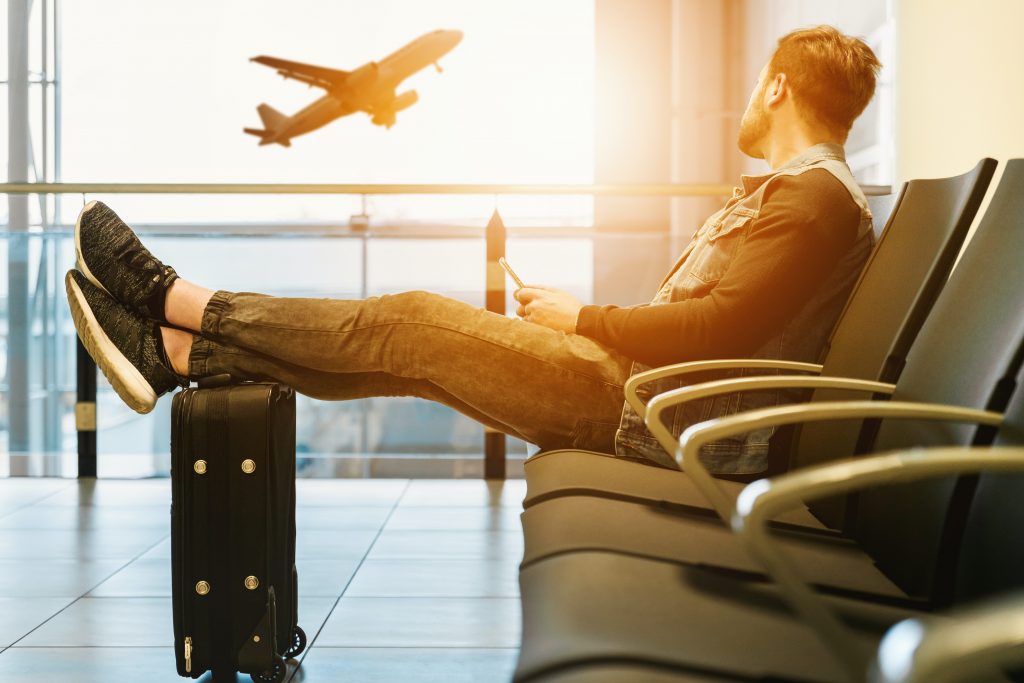
There are a number of things you can do when researching and booking your flight that can help to reduce your carbon footprint as you travel. It’s not something many of us consider, but aeroplane models do vary and, as with any mode of transport, some are more environmentally friendly than others.
You should also, where possible, look to book direct flights. It doesn’t take a genius to figure out that taking one long flight, as opposed to two or three shorter ones, is the more efficient and more environmentally friendly. 25% of the emissions produced on one flight occur at take-off and landing, so if you can cut this process in half you’re going at least some way to reduce your carbon emissions.
You can even use carbon calculators to compare various flights and the amount of carbon you will produce, so that you can make an informed and less environmentally damaging decision on how you travel. A couple of examples:
https://www.atmosfair.de/en/offset/flight/
https://www.icao.int/environmental-protection/Carbonoffset/Pages/default.aspx
The Future of Flying
This all might sound great, but the brutal reality is that consumer behaviour (other than not flying, which we’ve already discussed is far from the ideal solution) is not going to solve the very clear issue that flying is incredibly damaging to the environment.
If real change is to happen, airlines need to lead the way in sustainable flying and find a model that heavily reduces the polluting impact they currently have.
One promising solution is the development of Sustainable Aviation Fuels (SAFs).
These new fuels, such as synthetic kerosene, can reduce carbon emissions on flights by as much as 80% compared to using the standard kerosene, and are a genuinely viable solution to creating an environmentally friendly aviation industry – if all airlines adopted it.
So why haven’t all airlines switched from kerosene to SAFs?
Currently, there is very little SAF being produced in the world, which makes it extremely expensive to buy and because of the lack of demand, production isn’t scaling at a rate that will help it replace kerosene any time soon.
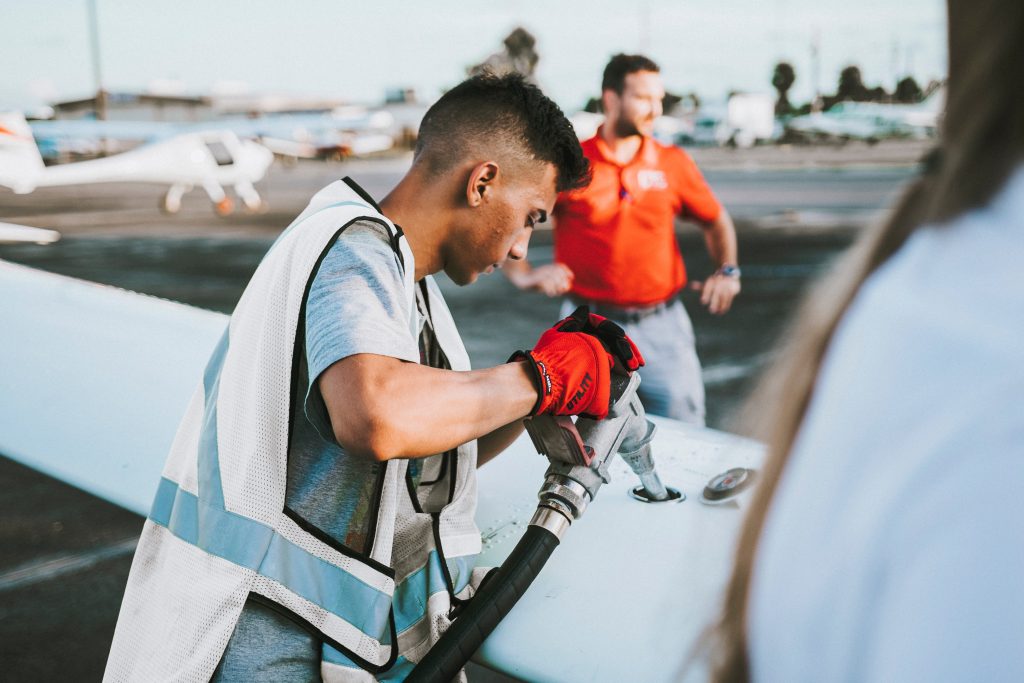
This cycle can only be broken by airlines themselves by actively using and helping support producers of SAFs. By investing in producers of the fuel and by making commitments to use the fuel more in the future, the aviation industry can create a demand for SAFs that incentivises more production, thereby reducing the cost of the fuel.
Already, airlines such as KLM and Delta Airlines have stated that they’re keen to adopt and support the production of SAFs, and in fact, KLM became the first airline to run a commercial passenger flight using nothing but synthetic kerosene in January 2021. These are the types of moves that need to be followed by the rest of the industry as soon as possible if we’re to see real change.
It’s a new technology, and whilst the companies producing SAFs say they’re a viable and promising option, the lack of usage around the world means we can’t really any particular impact they may have.
But for now, it looks like the most promising solution for making flying a sustainable practice and for the potential for tourism to join in the fight against climate change, which if we can achieve would be a huge step forward in protecting the earth and the environment for generations to come.
Here at Not In The Guidebooks, we believe in the positive power of travel, and have seen for ourselves the benefits it can have on the world. From creating a more tolerant, understanding society, to aiding developing countries and community’s progress and bring about a better quality of life for people around the world, travel has the power to benefit many, and to halt travel we feel would be detrimental to all these positive outcomes travel done right can have.
We’re always looking for ways that travel can be done more sustainably and responsibly. Whether that’s reducing the amount of single-use plastic you use on holiday, or being mindful that you’re not part of the over-tourism issue that has overcome parts of the world, we want to encourage our customers to explore the planet mindfully, aware of their impact so that we can preserve it.





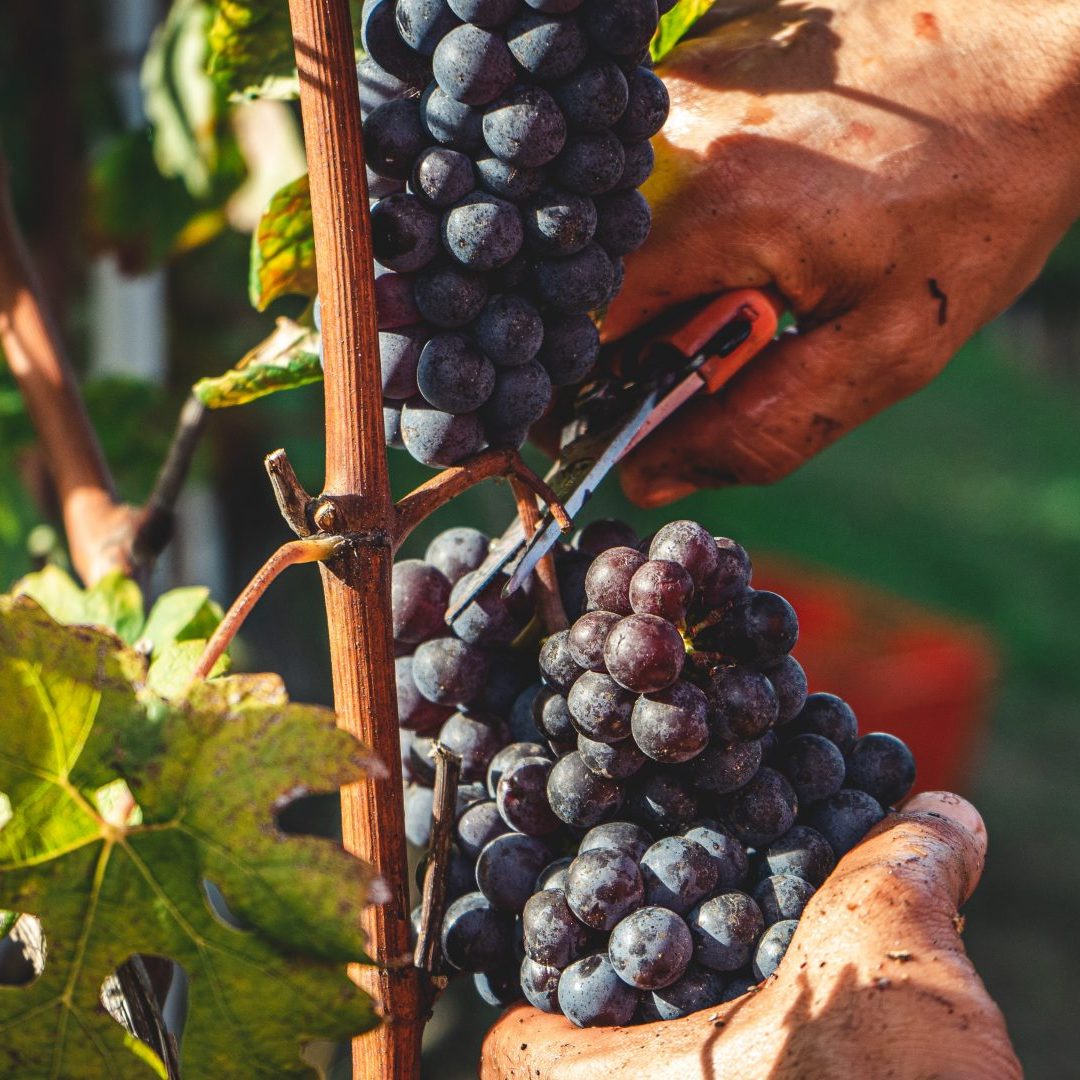







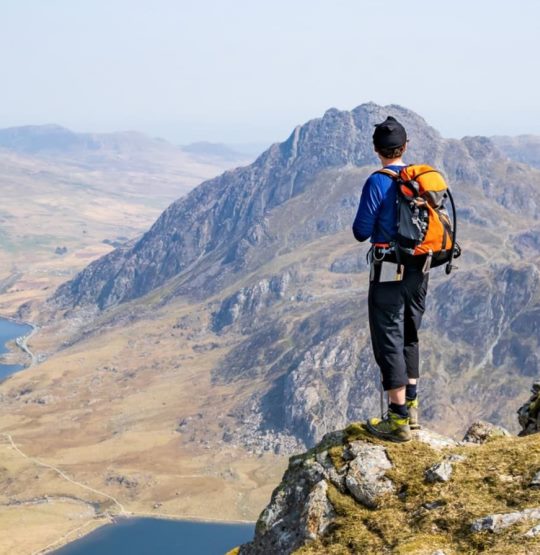



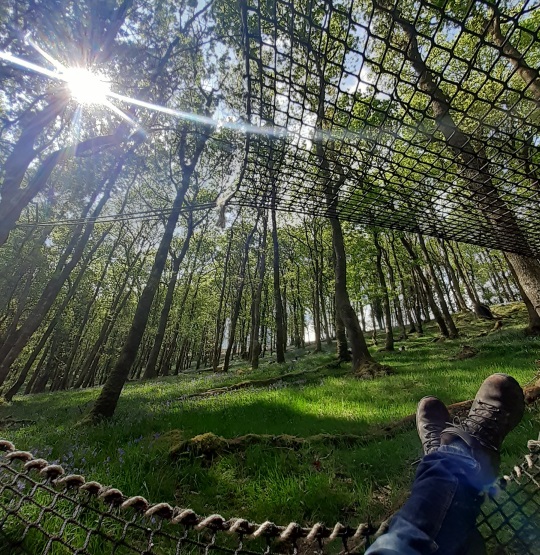

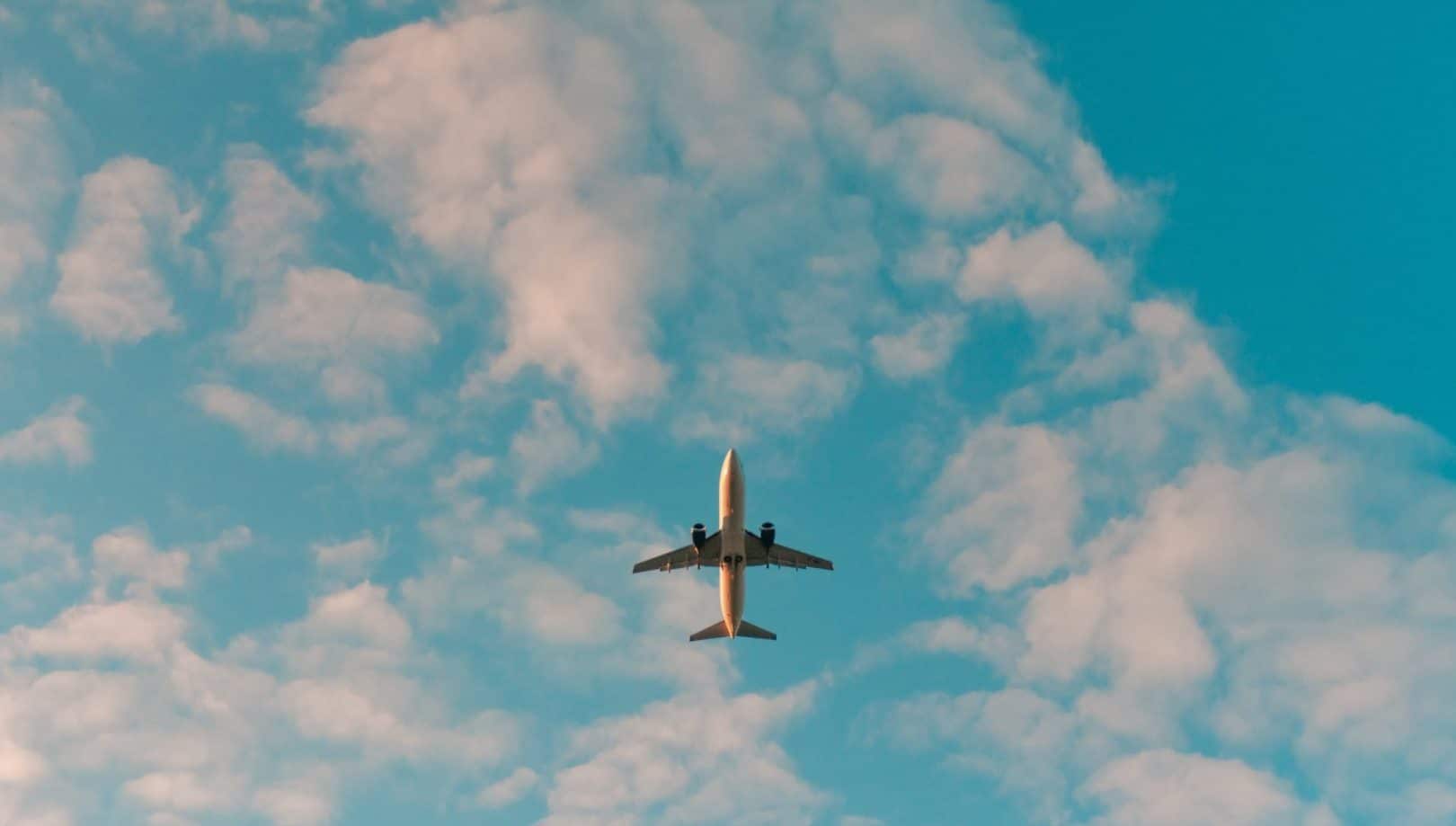


 27/07/2021
27/07/2021  Sustainability
Sustainability 




